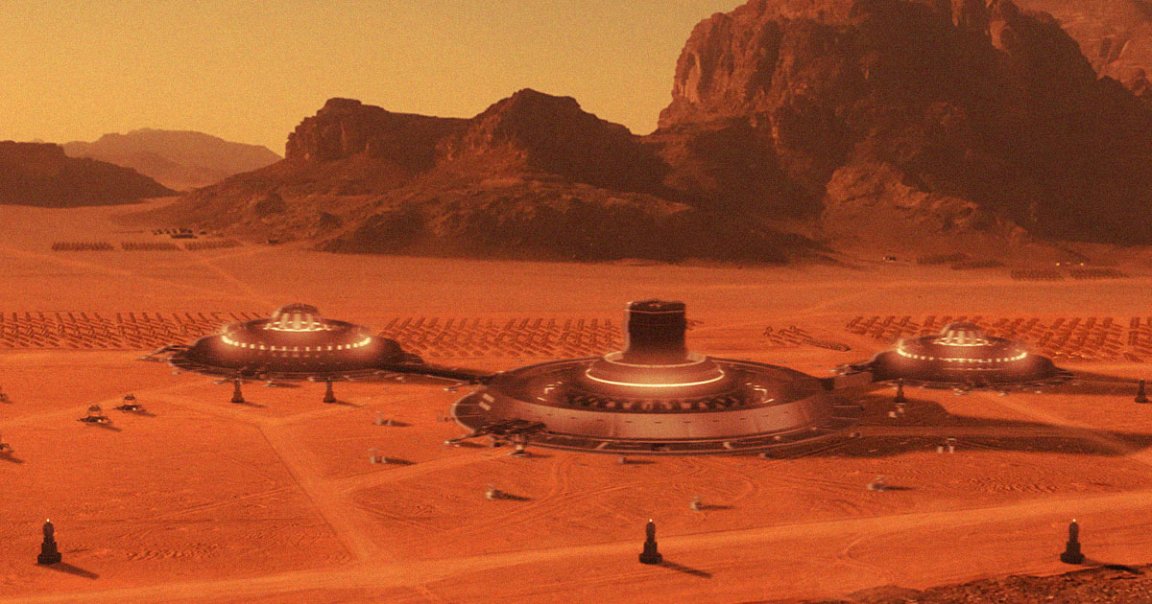
Lonesome Mars
How many humans would it take to run a long-term Mars outpost?
It’s a fascinating question that’s deceptively difficult to answer given the sheer number of variables, from the logistics of breathable oxygen and fuel to psychological factors.
In a recent yet-to-be-peer-reviewed study, though, a team of researchers from George Mason University in Fairfax, Virginia concluded that you only need 22 colonists to survive, a surprisingly low number compared to previous studies that found you’d need at least 100 colonists.
To the team, these previous efforts made assumptions that simply didn’t stand up to reality.
“We tend to often treat humans as just numbers or particles devoid of personal incentives, heterogeneity and adaptability,” co-author Anamaria Berea, associate professor of computational and data sciences at George Mason University, told The Register.
“Human groups are complex systems where the outcome is not the sum of its parts, but synergistic,” she added. “Any social system exhibits properties of adaptability, emergence, and non-linear dynamics.”
Reinforcements Have Arrived
The team also considered a close “relationship between Earth and the habitat on Mars,” meaning that such a colony likely wouldn’t be independent,” as Berea explained.
“The scenario where you can simply send X number of people somewhere and just let them survive is very unlikely,” she said, “also because it actually costs much more to send tens and hundreds of people into space than sending resupply shuttles.”
The researchers used a computer simulation technique called “agent-based modeling” to give various simulated colonists a variety of attributes. They then were set to task, taking care of the various responsibilities of a full-blown Mars colony.
Sicko Mode
One interesting finding was that the number of “neurotics” sent to the colony needed to be kept to an absolute minimum.
“Martians with the ‘neurotic’ psychology die at a much higher rate than those of other psychologies, and once their population reaches a low enough level, the settlement population stabilizes,” the paper reads.
After running five different computer models over a period 28 years, the team concluded that the minimum number of colonists required is 22 to “maintain a viable colony size over the long run.”
It’s fascinating research that explores how our humanity could affect the survival on the surface of a hostile alien planet.
“Our social and behavioral aspects as humans can literally cut the line between the success and failure of a mission,” Berea told The Register, “especially a long term one, and can also be reflected in the economic costs of such missions.”
More on Martian colonies: NASA’s Simulated Mars Habitat Includes Such Necessities As a PS4 and Settlers of Catan